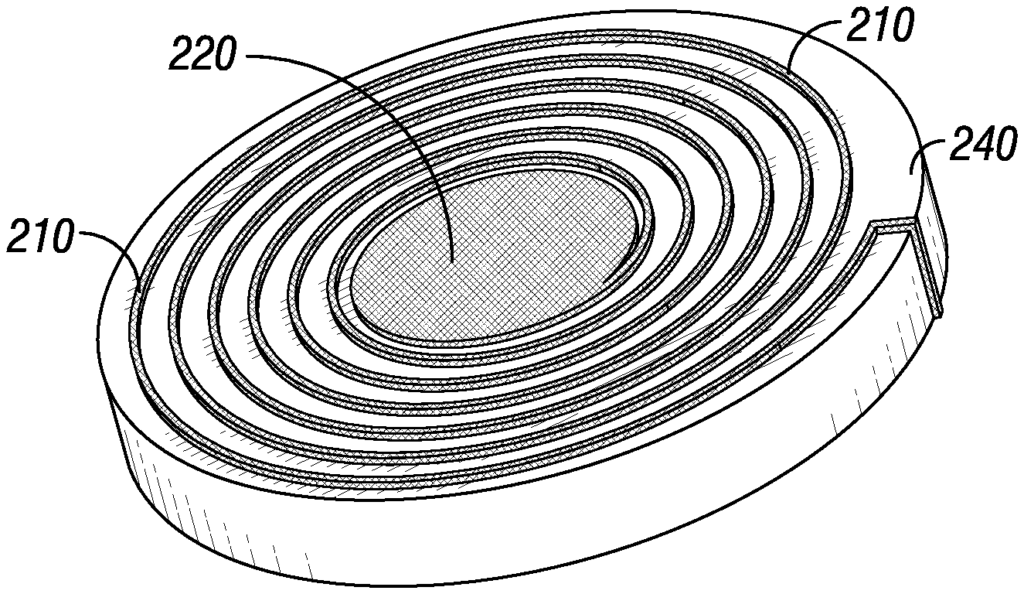Experience Precision with Cutting-Edge Temperature and Pressure Sensors
Introduction
In today’s fast-paced world, where precision and reliability are non-negotiable, our patented “Temperature and Pressure Sensors and Methods” (Patent #10845211) delivers a breakthrough solution. This technology offers unparalleled accuracy, responsiveness, and durability, making it a must-have for industries where performance matters most.
The Innovation
Imagine sensors that not only withstand the harshest environments but also provide real-time, precise data that can make or break critical decisions. Our sensors are designed with advanced materials and innovative methods to ensure they perform flawlessly under pressure—literally.
Why This Technology Stands Out
- Unrivaled Accuracy: With our sensors, you get precise temperature and pressure readings every time. This level of accuracy is essential in industries like aerospace, automotive, and industrial automation, where even the smallest deviation can have significant consequences.
- Robust and Reliable: Built to endure extreme conditions, these sensors maintain their integrity and functionality, ensuring continuous operation and reducing downtime.
- Versatile Applications: From monitoring engine performance in vehicles to ensuring safety in industrial processes, these sensors can be adapted to a wide range of critical applications.
The Opportunity
License this technology and equip your products with the next generation of temperature and pressure sensors—ensuring your customers receive the precision, reliability, and innovation they expect. Don’t just keep up with industry standards—set them.

- Abstract
- Claims
We claim:
1. A temperature sensor comprising:
7. A method of detecting a change in temperature, the method comprising:
Share
Title
Temperature and pressure sensors and methods
Inventor(s)
Chengying Xu, Amanda Schrand, Reamonn Soto
Assignee(s)
Florida State University Research Foundation Inc, US Air Force
Patent #
10845211
Patent Date
November 24, 2020
